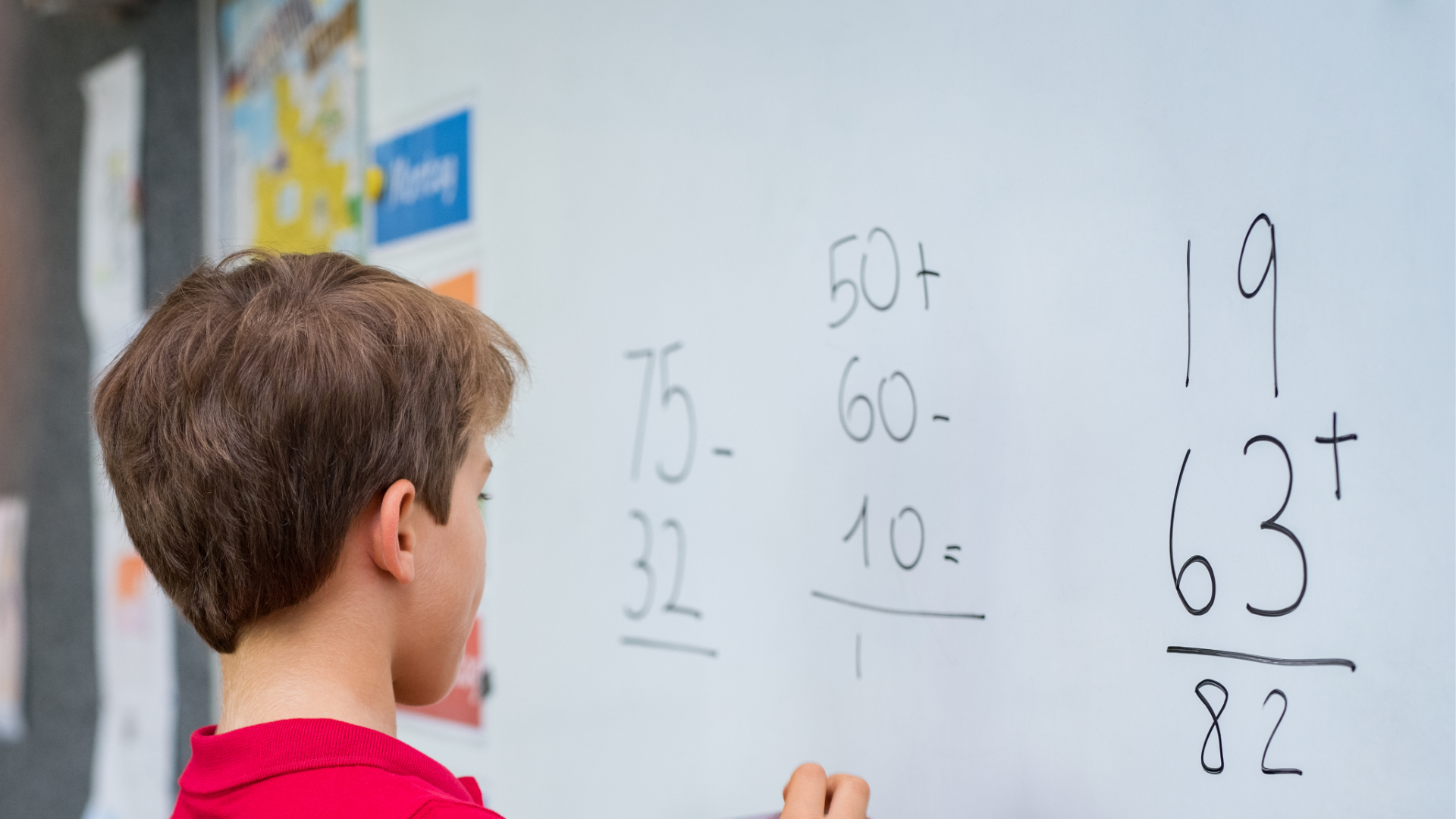Cerebrate Blog.
Explore strategies for skill development

Thinking Flexibly: Why Flexibility Is Crucial for Student Learning
Posted In Teaching On January 27, 2025
Thinking flexibly is one of the most important executive function skills students need to develop in order to thrive academically and socially. Flexibility helps students navigate unexpected changes, approach learning creatively, and adapt to challenges with confidence. For teachers working with students in grades 1–12, understanding and teaching flexibility skills is an essential part of supporting student learning needs.
Flexibility—a core component of executive function—refers to the ability to adapt to changing circumstances, adjust to new information, and shift perspectives. When students build flexibility, they not only enhance their academic performance but also improve their social-emotional skills, confidence, and resilience. Let’s explore why thinking flexibly is vital for student success and how teachers can incorporate executive function strategies into their classrooms.
10 Reasons Flexibility Skills Are Essential for Student Learning
-
To Manage Their Emotions When Situations Unexpectedly Change
Unexpected changes, like a schedule adjustment or a sudden change in group assignments, can feel overwhelming for students. Flexibility helps them self-regulate, manage frustration, and maintain focus on their goals.
-
Adjust to Changes in Plans
From canceled field trips to last-minute project updates, school is full of surprises. Teaching executive function skills like thinking flexibly equips students to embrace these changes and remain engaged.
-
Shift Focus from One Topic to Another
Transitioning between subjects or activities can be challenging, especially for younger students. Flexibility skills improve students’ ability to shift their focus seamlessly, reducing frustration and increasing productivity.
-
Understand the Perspective of Others
Social interactions are a key part of school life. Flexibility enables students to see situations from others’ perspectives, improving their social skills and fostering positive peer relationships.
-
Try New Things Outside of Their Comfort Zones
Trying new activities or learning unfamiliar material can feel intimidating. Thinking flexibly empowers students to step out of their comfort zones and approach new experiences with confidence.
-
Develop More Than One Way to Solve Problems
Problem-solving is a critical component of learning. Flexibility encourages students to explore multiple strategies for overcoming challenges, thus improving academic performance and critical thinking.
-
Prepare for Upcoming Transitions
Whether transitioning from elementary to middle school or preparing for a new unit, flexibility supports smoother adjustments and reduces anxiety.
-
Move from One Activity to the Next Without Difficulty
Structured transitions between activities are vital for maintaining student engagement. Flexible thinking makes it easier for students to adapt and stay on task.
-
Approach Learning and Problem-Solving in Creative Ways
Creativity and innovation stem from thinking flexibly. Students who can look at problems from different angles are better equipped to find unique solutions.
-
Adapt When Situations Do Not Happen as Planned
Life doesn’t always go as expected. Flexible students can adapt when things don’t go as planned, maintaining their focus and emotional stability.

This student is thinking flexibly while solving his math problem.
Practicing Thinking Flexibly with Students
Incorporating executive function instruction into your classroom is key to helping students develop flexible thinking. Use these teaching strategies to enhance flexibility skills:
- Model Flexible Thinking: Demonstrate how you adapt to changes and approach problems creatively. Modeling flexibility empowers students to mirror these behaviors.
- Teach Problem-Solving Frameworks: Use executive function tools to guide students through solving challenges using multiple approaches.
- Practice Perspective-Taking: Engage students in activities that encourage them to consider different viewpoints.
- Create Low-Stakes Challenges: Provide opportunities for students to step out of their comfort zones in a supportive environment.
- Reflect on Flexibility in Action: Use executive function lessons to help students reflect on times they successfully adapted to change or solved problems in creative ways.
Supporting Student Success with Executive Function Systems
Teaching flexibility doesn’t happen overnight. Incorporating a comprehensive executive function curriculum into your teaching practice can ensure students have the tools they need to succeed. Flexibility is just one of the many executive function skills that can improve a student’s academic performance, social skills, and confidence. By addressing flexibility through targeted executive function interventions, teachers can create an environment that fosters resilience, adaptability, and creativity.
Additional Resources
Want to dive deeper into teaching flexibility? Check out our related posts:
Sign up for our newsletter to receive more insights, resources, and strategies for improving students’ academic performance and empowering their growth.

